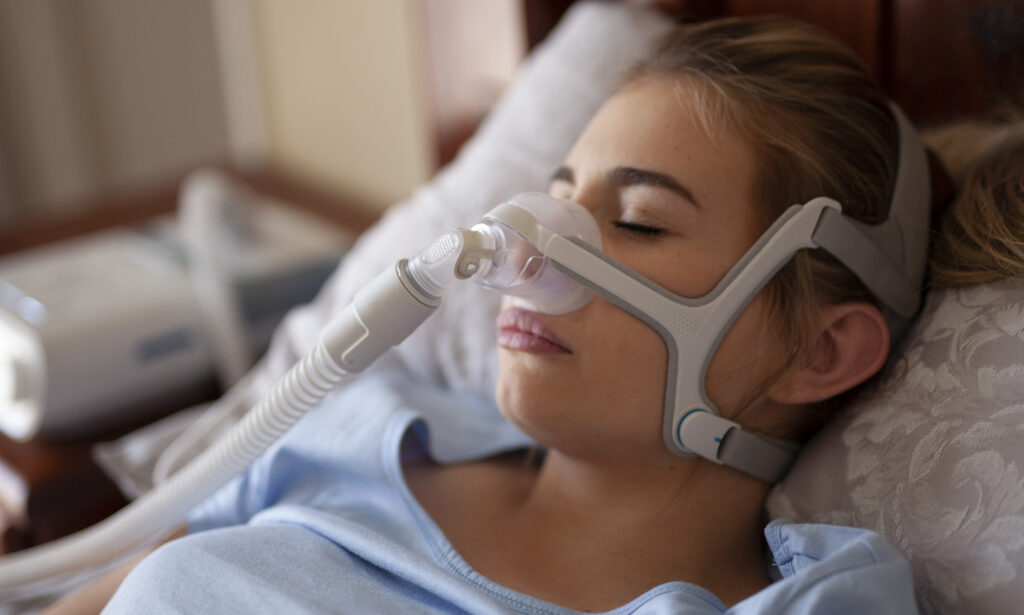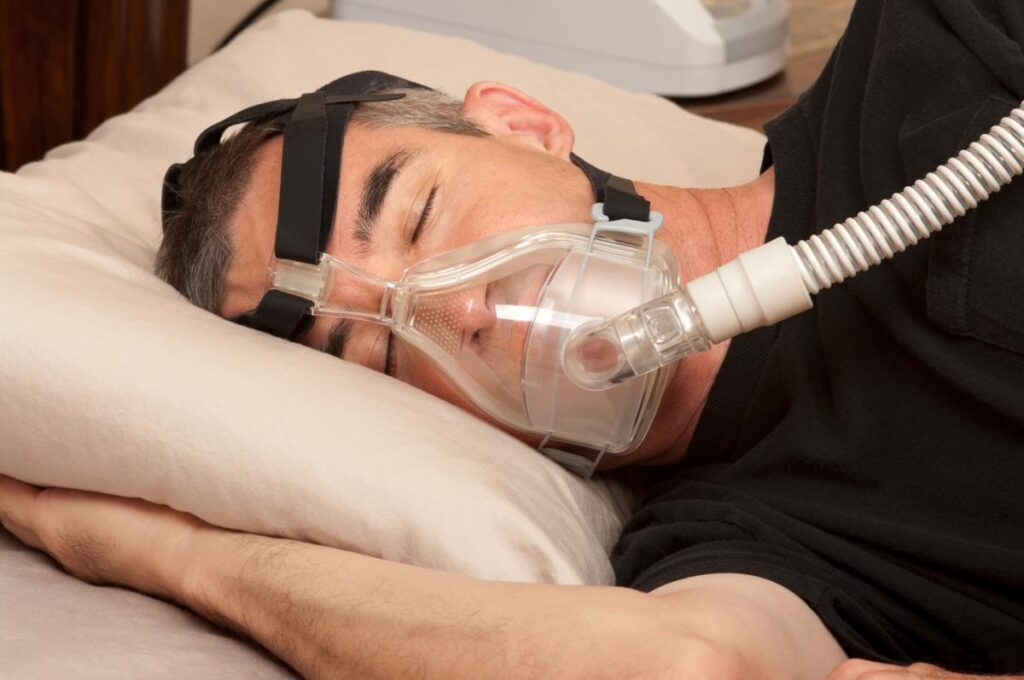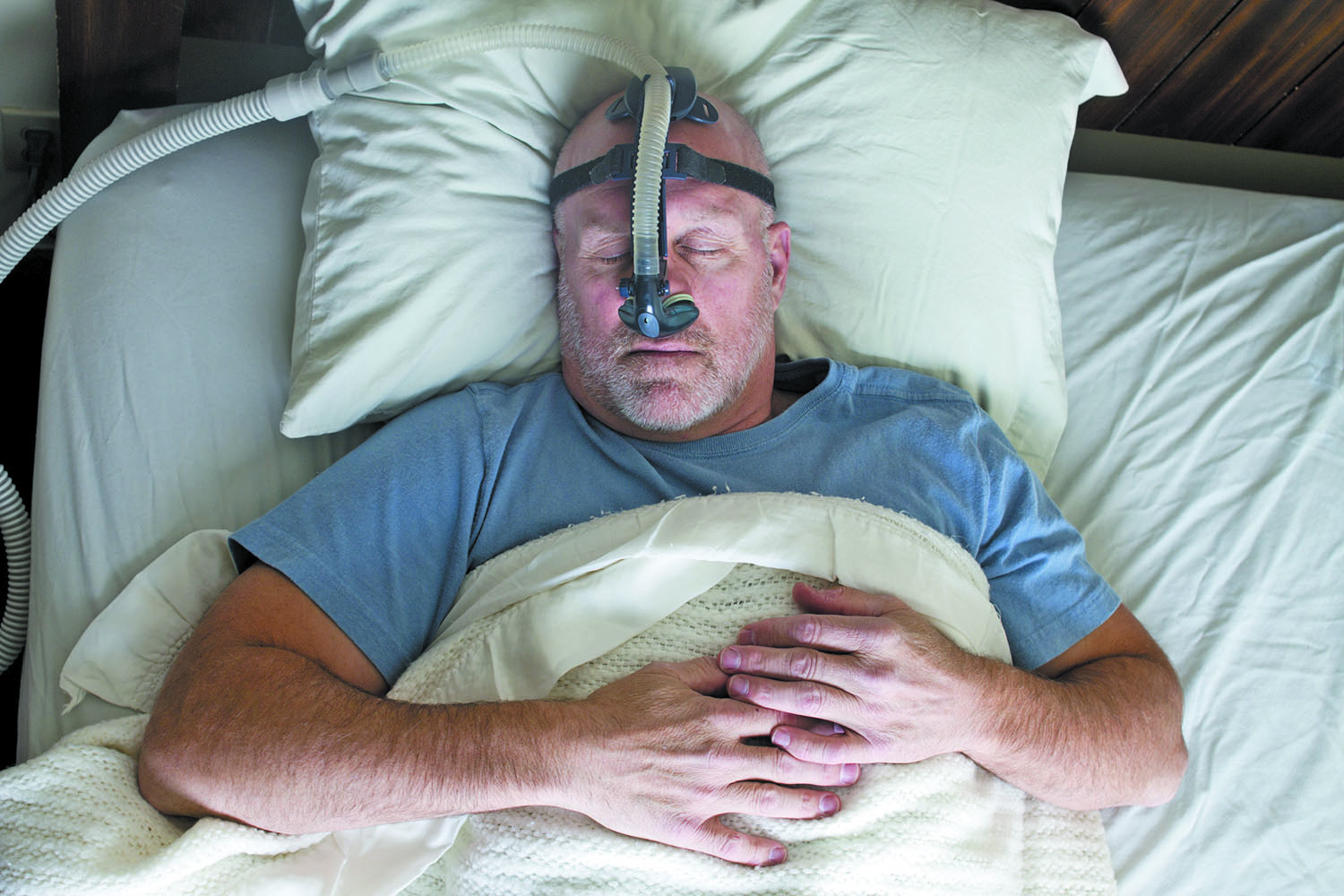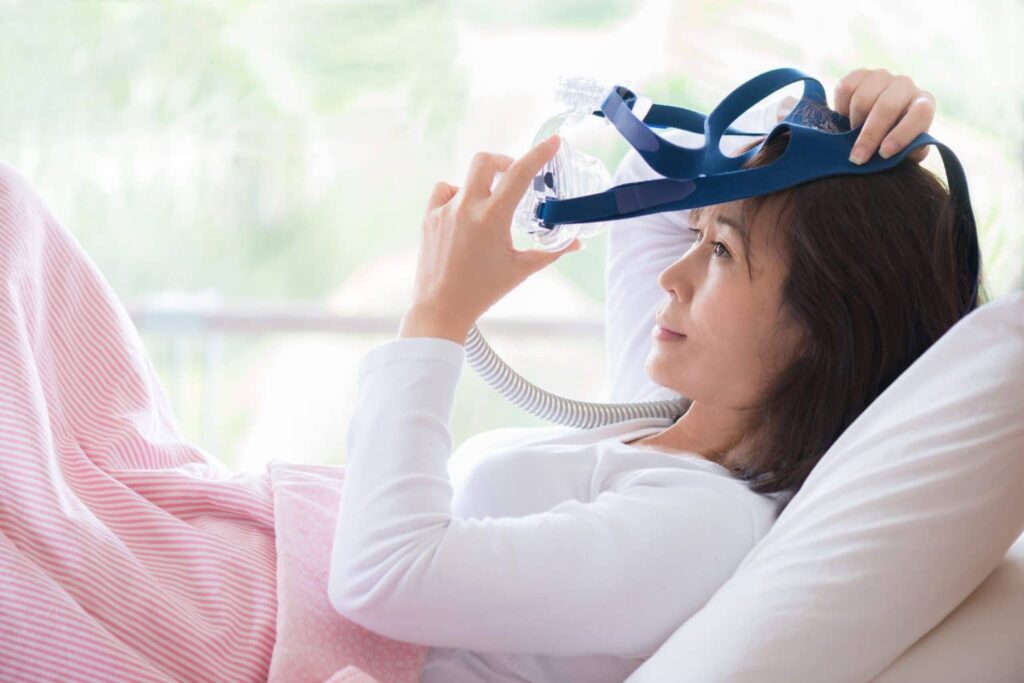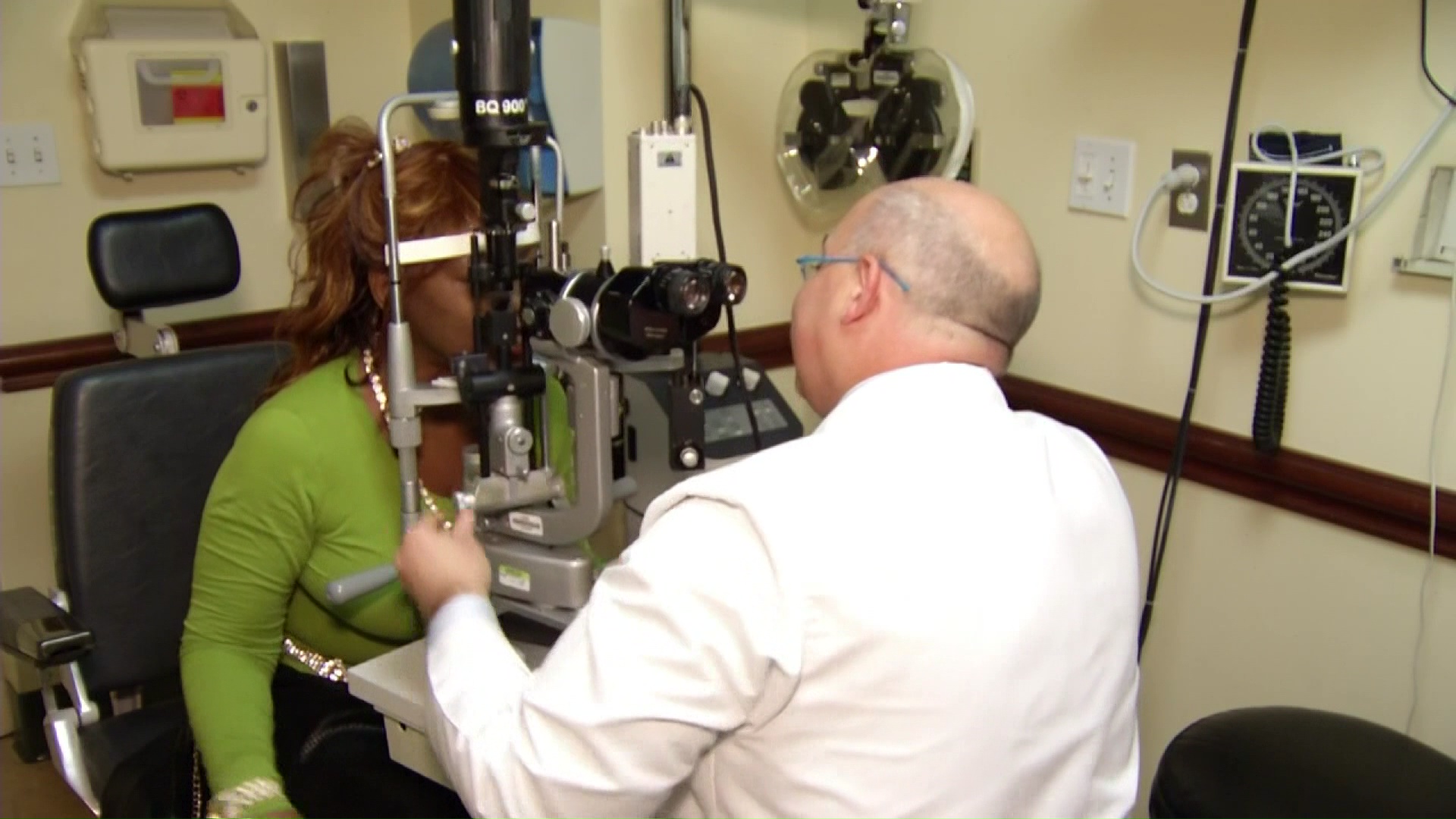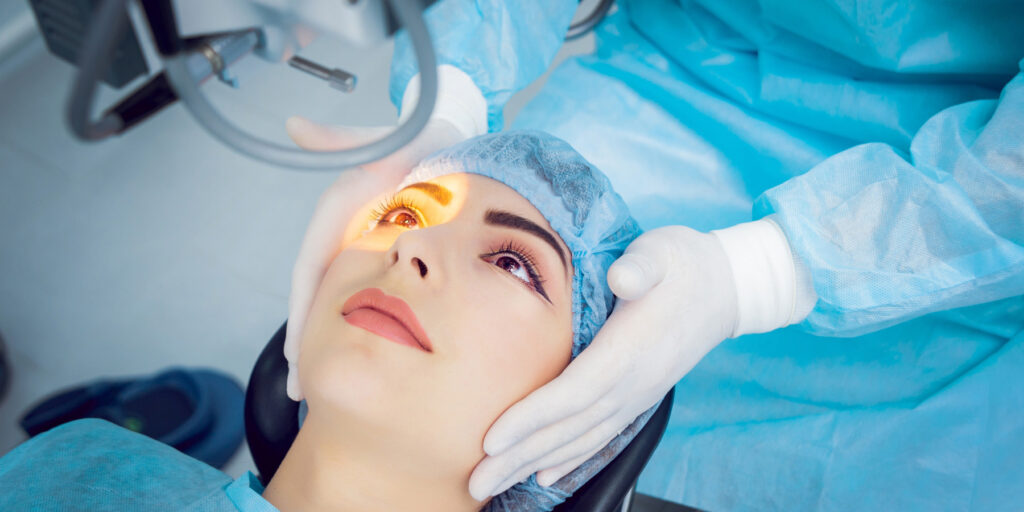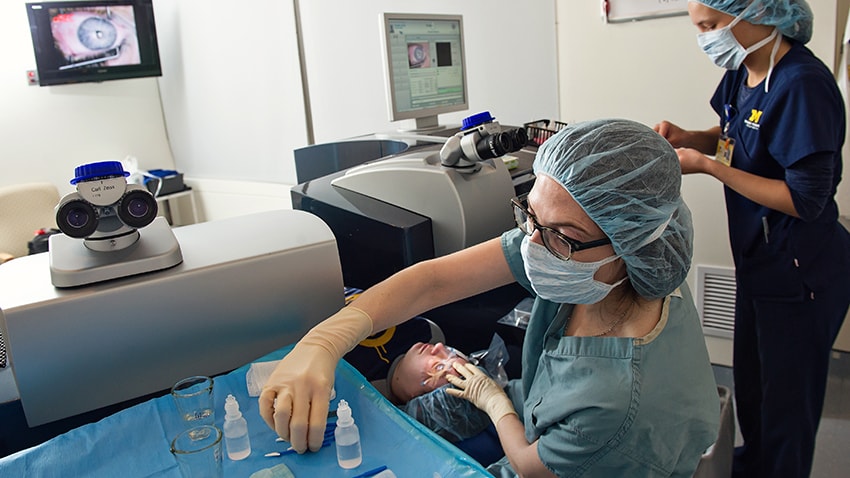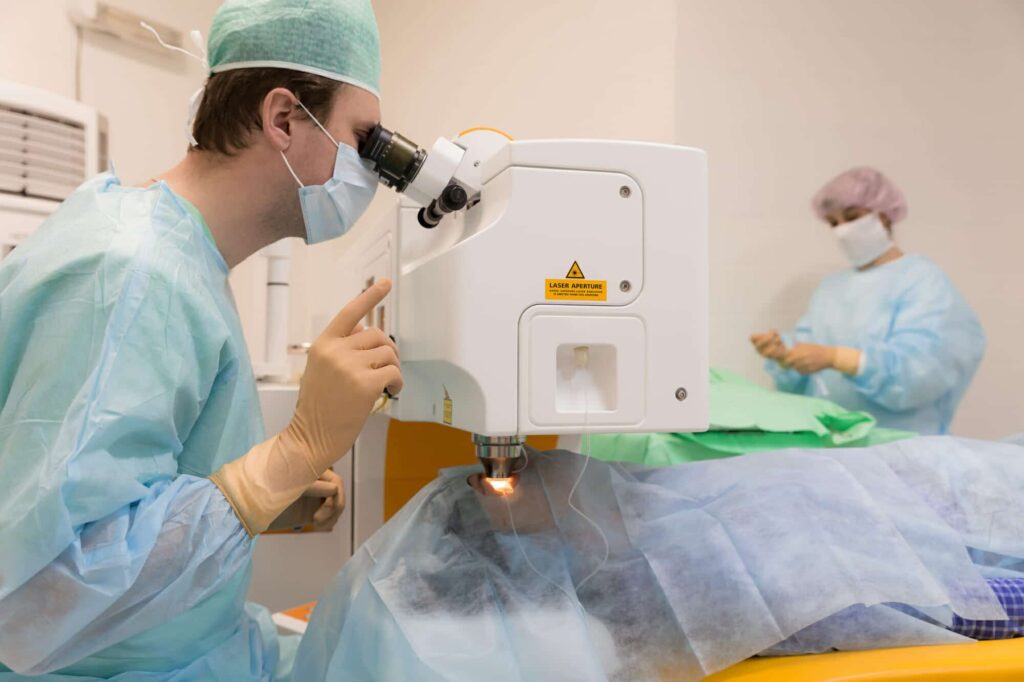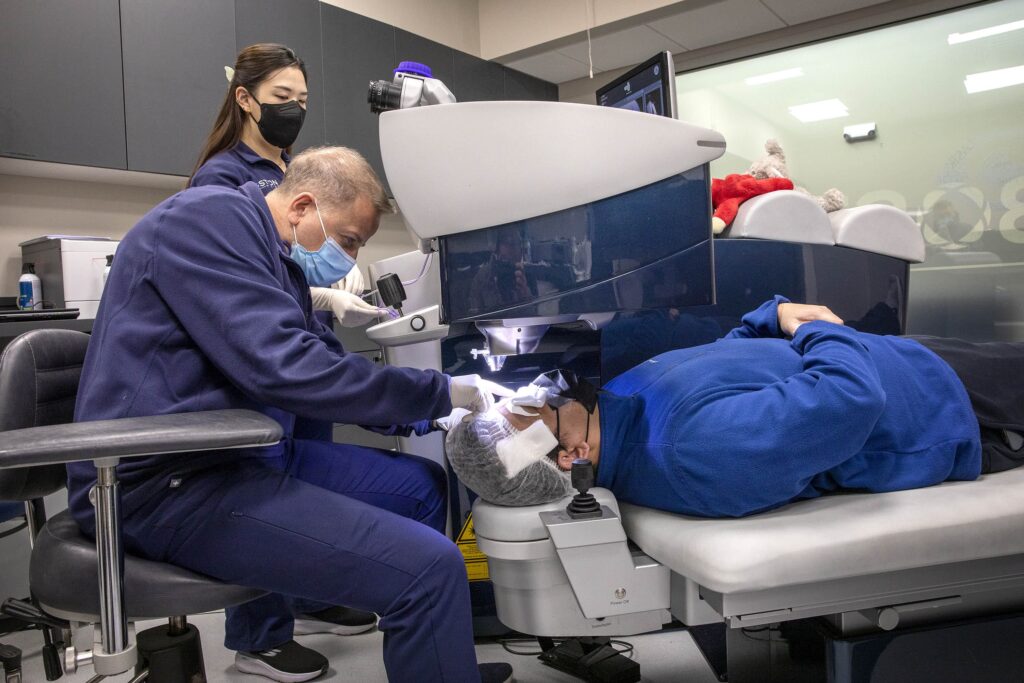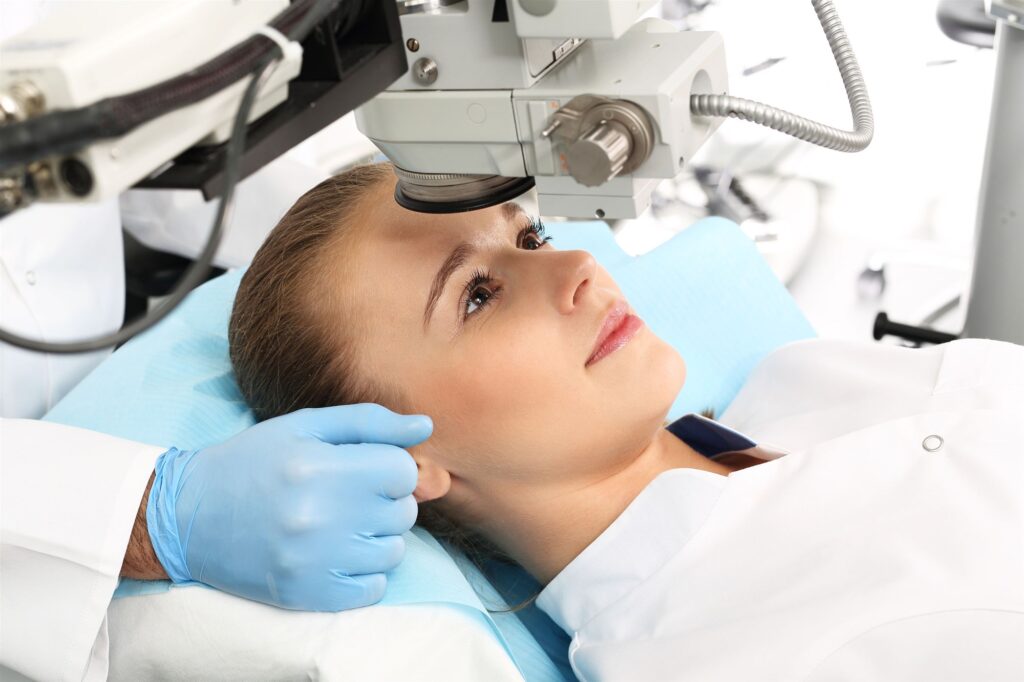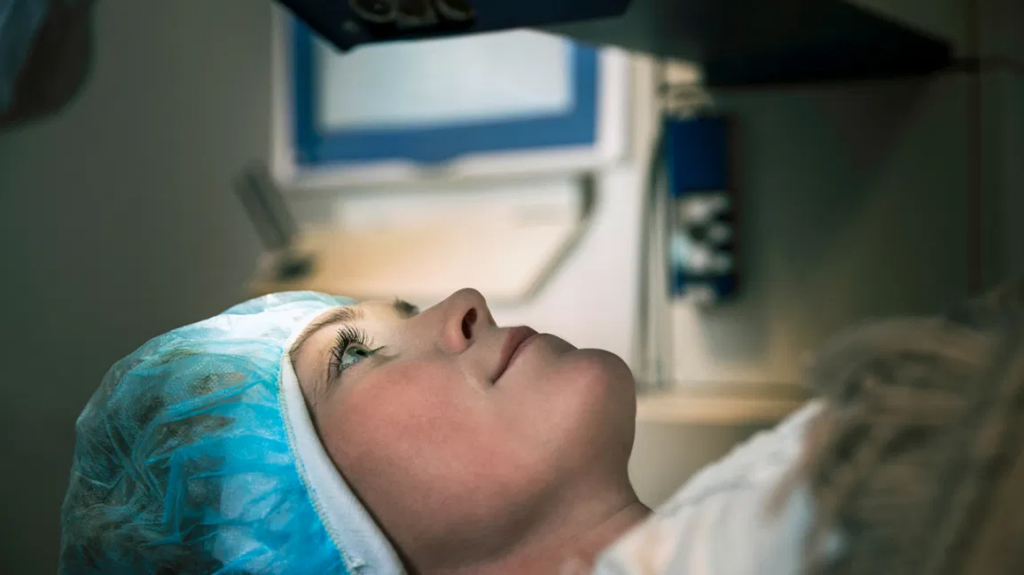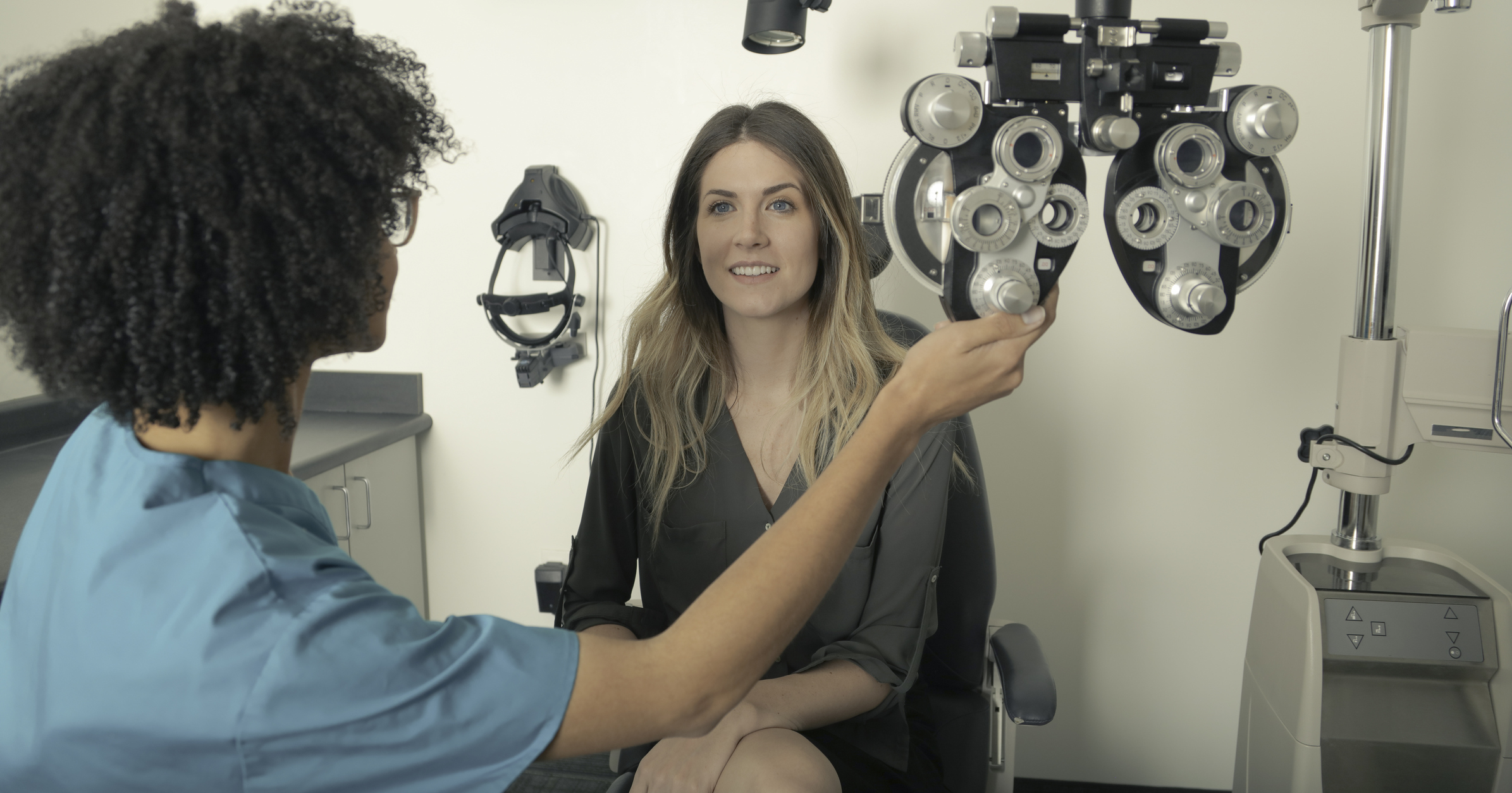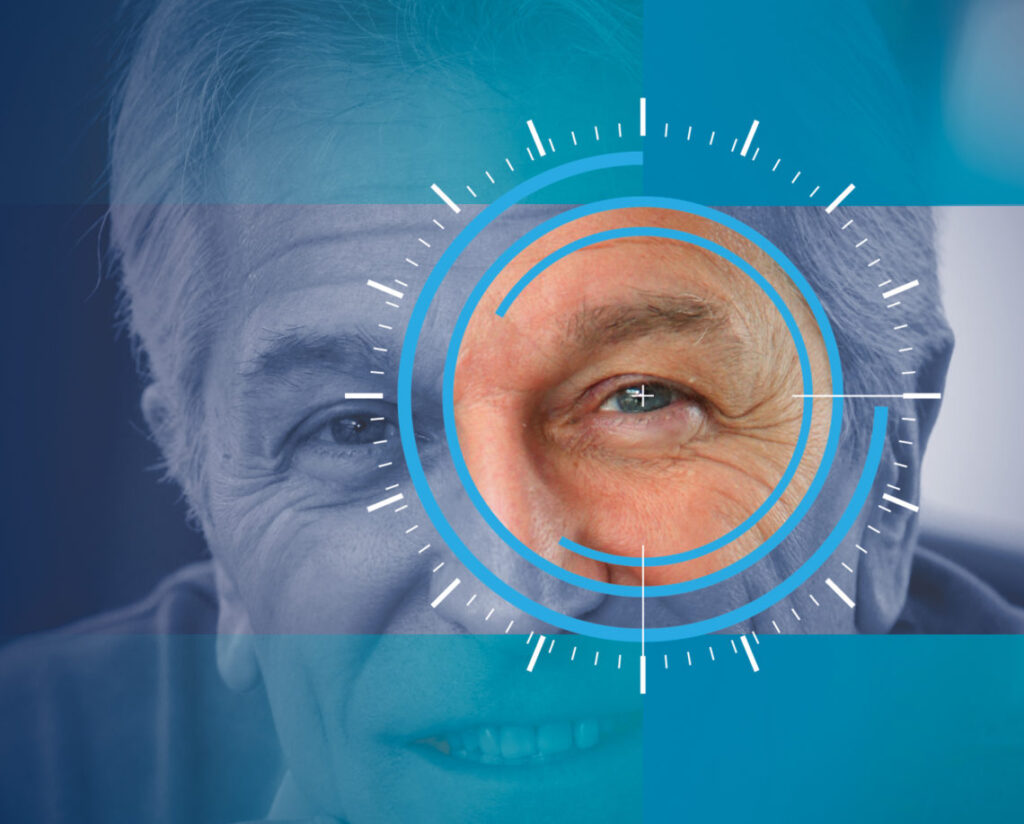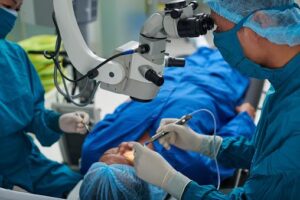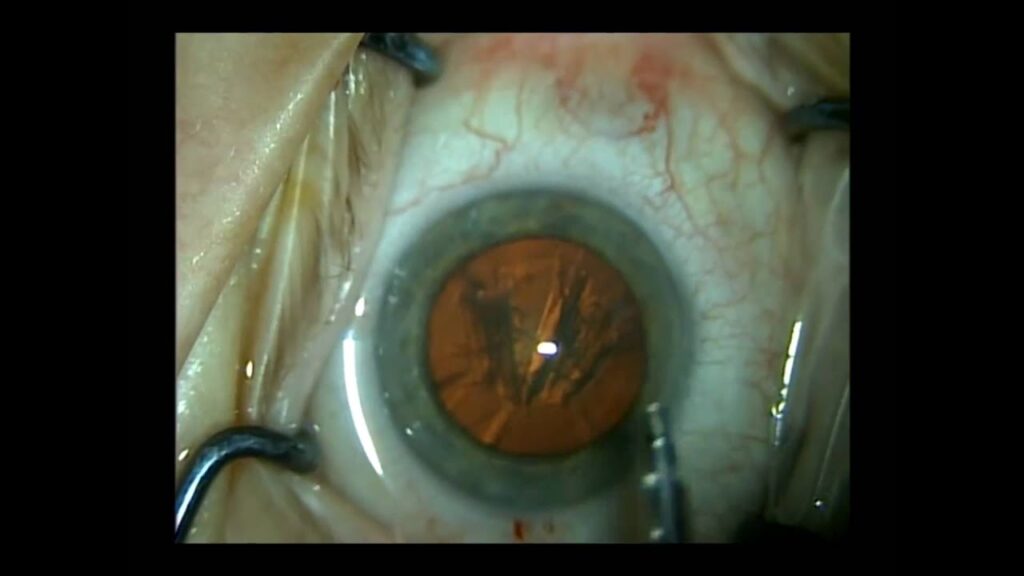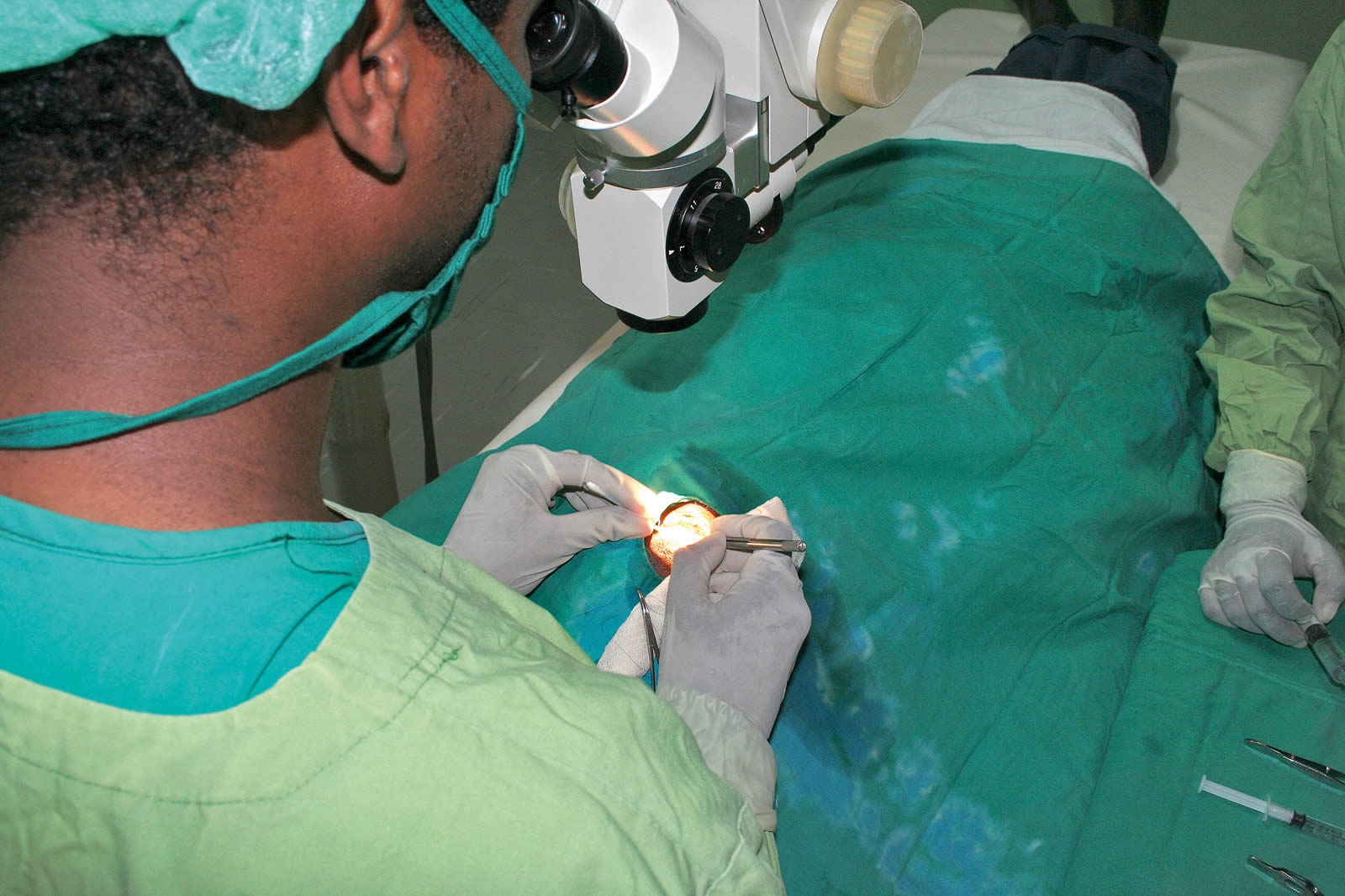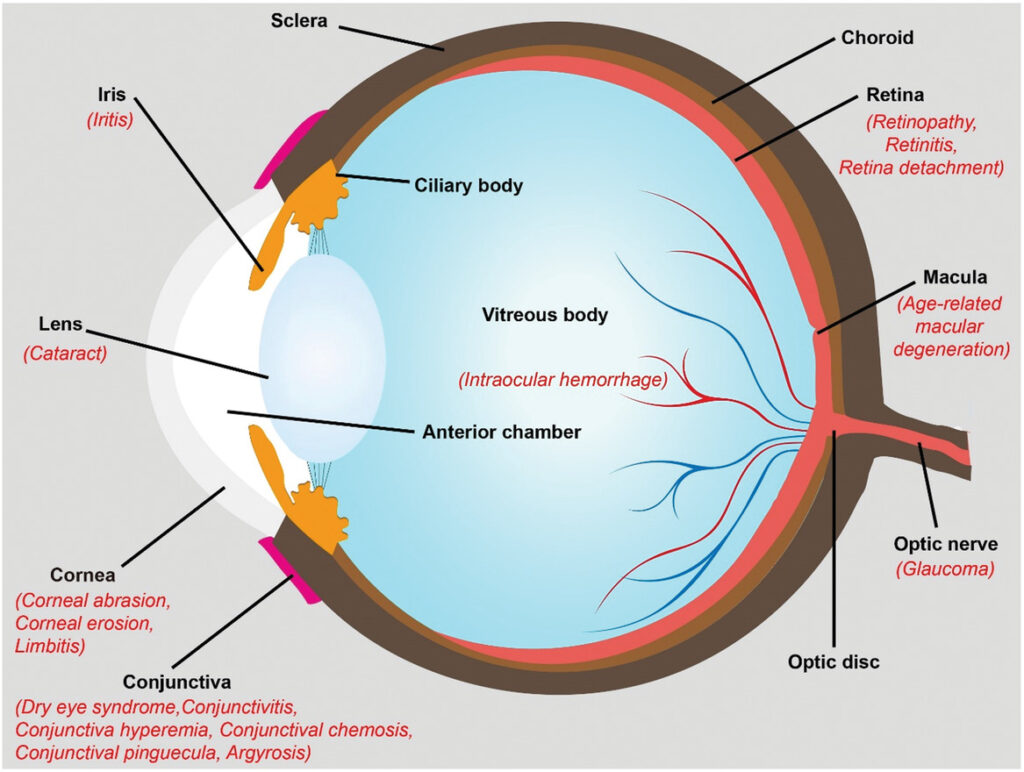So, your child has been diagnosed of sleep apnea? You don’t have to fret. There are several tested and trusted solutions to save your child from inadequate sleep and restore his overall health to the perfect state. When children can’t sleep easily, it quickly affect their behavioral attitudes, causing them to perform below average mentally, socially and even academically.
Whether for children or adults, a cpap machine is one of the most recommended for solving sleep problems. Most essentially, the mask that passes the pressurized air directly into the nostrils must be well fitted for best results. Learn more essential things you need to know about sleep apnea.
However, most parents find it confusing to buy a mask that will provide a custom fit for their children. While that may seem difficult, it is pretty much possible. I have helped you to compile series of questions you should ask the mask supplier to help you purchase the right mask for your child’s CPAP machine.
In this article, I have provided the right answer your supplier must give you in response to each question. If the cpap machine supplier gives a parallel answer, that’s a sign you are patronizing a wrong store. As you might have also noticed, this article is to help you know if you are buying from the right supplier or not.

Let’s consider the right questions to ask and the right answer to get from your supplier.
1. How frequently should I replace the components of my child’s CPAP mask?
Your supplier must give you a detailed advice on how best to maintain your child’s mask. A CPAP machine will be limited in performance without proper and frequent maintenance. Did you notice the word frequent? That’s the key word. There is an interval at which you need to replace some of the components of your child’s mask even if it still looks well-functioning.
For instance, you need to help your child replace the mask frame and tubing every three months. Although, some reports claim that the tubing can last for six months before replacement but you don’t have to wait that long. You should also replace the cushion of the mask twice a month. For the headgear and chin straps, they can work everyday for six month before you consider replacement.
On time replacement of mask component is one of the most essential rules to keep the CPAP machine at a top performing level. Besides, frequent replacement of CPAP mask component will make the equipment fit properly to the face and improve overall effectiveness.
2. Does the size fit my child’s facial composition?
Each mask comes with unique style and size and they are made from different age categories and purposes. Make sure you buy a mask that can be adjusted to fit the shape of your child’s face. Indeed, it can be challenging to buy a mask that will fit your child’s face perfectly. However, with the adjustment feature, you can make it a custom size for your child.
Most CPAP masks come with age range label. So, your CPAP machine supplier must be able to suggest a mask size that can fit your child’s face based on his or her age.
3. Is the mask covered by insurance?
Most CPAP machine and mask manufacturers confirms that masks are covered with insurance policies. So, you must first confirm if the mask you are buying is covered by insurance. If not, you can check the other store down the road.
Meanwhile, insurance companies give different requirements for client to become benefactor of their insurance provision and failure to comply can lead to forfeit of the coverage. Some of the insurance policies requires you to buy the CPAP machine on a rental basis and pay on instalment plans.
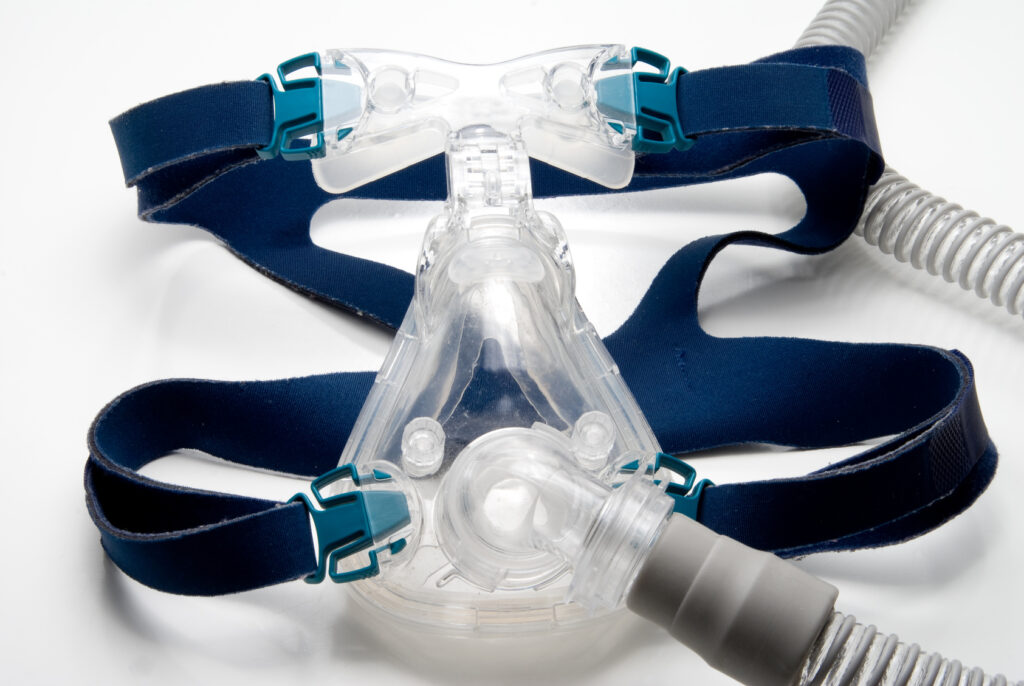
Before subscribing to insurance coverage, you must be ready to abide by the rules and regulations as private insurers will likely track your child’s compliance as regards how often he or she uses the mask. There is a system that send data to the insurance company whenever your child wears the mask. That way, they can measure how consistent your child has been with the equipment. Failure to comply the rule of regular use, the insurance company may ask you to return the CPAP machine and the mask then ask you to buy it from your pocket and that can be very expensive.
Most insurance companies offer a 3 month trial for CPAP treatment and additional coverage may come with supplemental documentation. If you want your child to keep enjoying the insurance benefits, you must be sure he or she use the mask consistently.
4. Can my child use the mask while travelling on a plane?
Your child is expected to sleep with CPAP mask fixed to his or her nose every night. Hence, the CPAP machine and its accessories must be mobile enough to be taken along while traveling. If you have a plan to move to another country very soon, ask your CPAP mask supplier if your child can use it when travelling on a plane.
Some machines and masks are too heavy and long to pack into a traveling bag. Purchasing those kind of CPAP equipment can make it stressful when packing for traveling. CPAP equipment are not considered as carry-on items at luggage check points in the airport. More so, airlines permits patients to use CPAP machine on board. Hence, carrying it along is not an issue. You only have to be sure you buy a lightweight machine with a handy mask that can be easily packed in your child’s travel bag to ease your movement.
5. How much is the mask?
This question is the most expected when negotiating with a CPAP mask supplier. However, I intentionally include it in this list to give you a clue on how to price the mask. Of course, the price of CPAP masks varies for both children and adult. But, for children, CPAP masks costs between $30 to $150 depending on the quality of the materials used. If the CPAP mask you are buying is covered by insurance, you can get it for a pretty much lower price,
In Conclusion
You can get the right CPAP mask if you have a background knowledge of what to look out for when you get to the market. Be confident enough to ask the mask supplier the above questions and patiently listen for responses accordingly. This guide already contains the right answers for each questions. So, you can tell if the supplier has some good to offer from the way he or she responses.


